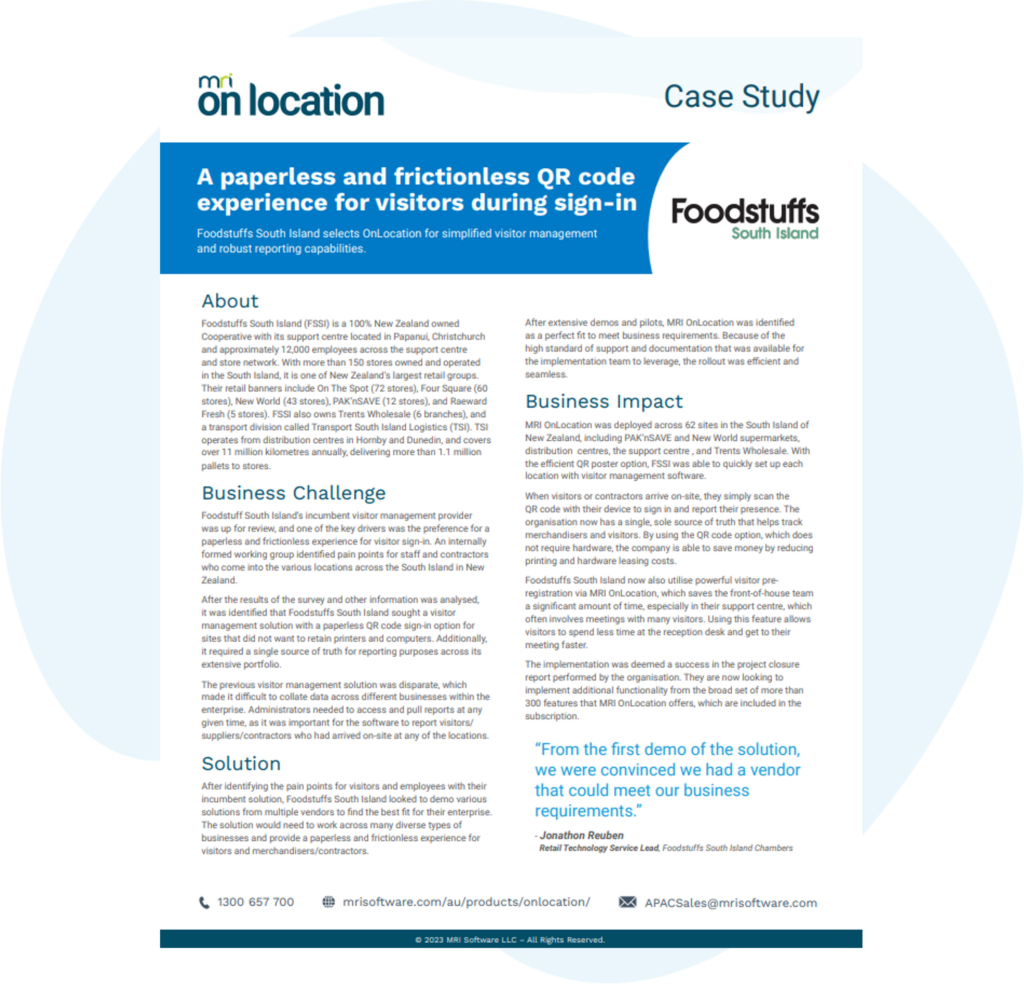Goodbye tradition, hello hybrid workforce
Say goodbye to spending 40 hours a week at the same desk… and embrace the new: the hybrid workforce.
The traditional workforce served us well through the twentieth century. But with a global pandemic, things have changed – fast.
The hybrid workforce is not entirely new. We’ve been doing this since the rise of digital collaboration technology (think Skype, Slack, Google Docs…). But it’s changing rapidly as the needs of organisations and employees adapt to the quickly-evolving world around them.
As employees return to the office, employers are looking for future-proofed solutions to enable the hybrid balance of remote and on-site work along with keeping employees safe, happy, and productive.
With the introduction of new workplace policies around the global pandemic, tools and software to assist with managing capacity limits, ensuring social distancing measures and managing a hybrid workforce are more popular than ever.
50% of respondents stated they are interested in introducing hybrid workforce features
MRI OnLocation surveyed employers of varying sizes in 2020 around emerging hybrid workforce solutions, particularly employee scheduling and hot desking. 50 percent of respondents stated they are interested in introducing hybrid working features, with 70 percent of that segment looking to implement them within the next 12 months.
Why is the hybrid workforce becoming popular?
The rise in popularity is partly due to necessity from the ongoing pandemic, lockdowns, and the need for employees to work remotely, but also due to the shift in the employee and employer mindset.
Lockdown meant many workforces that didn’t normally allow remote work had to invest in infrastructure to make it happen. Employers and their employees had to build mutual trust and respect to make it work. Some of the challenges?
- Ensuring IP was kept safe outside of the on-site workforce, especially where employees or contractors are in shared living environments
- Making sure employees were feeling okay, physically and mentally (for example, providing ergonomic chairs, helping out with internet bills, or having virtual team yoga sessions)
- Helping teams be efficient and productive in a challenging environment and providing support if things became difficult
- Finding ways to collaborate and connect with peers while working in a solo environment
Whatever the hurdles were, we made it work.
Now, as employees are starting to return to the office, they’re demanding a more flexible environment, and employers need to understand the changes that have happened since the rise in remote work due to the pandemic, and how that has affected where and how work is performed.
In 2020, employers needed a way to empower their employees and provide them with tools to operate remotely while also understanding the importance of the workforce environment and in-person collaboration. This trend rose during 2021 and will most likely continue to grow exponentially as more organisations open their doors across the globe for their employees to return for at least a day a week to the location of the organisation.
41% of workforces are thinking about implementing hot-desking for their hybrid workforce
In our global survey, MRI OnLocation found that 41 percent of respondents were interested in a hot-desking solution for hybrid work, with 78 percent looking to implement it in the workforce in the next 12 months. The survey also found that their commitments and home duties have adapted significantly during the rise of the pandemic.
Learn more about the hybrid workforce and how MRI OnLocation can help you.
Foodstuffs South Island – A paperless and frictionless QR code experience for visitors during sign-in
Foodstuffs South Island selects OnLocation for simplified visitor management and robust reporting capabilities. About Foodstuffs South Island (FSSI) is a 100% New Zealand owned Cooperative with its support centre located in Papanui, Christchurch and …

